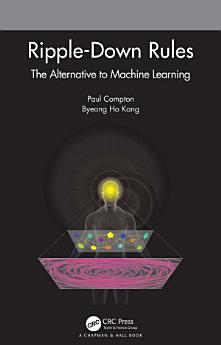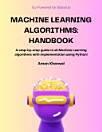Ripple-Down Rules: The Alternative to Machine Learning
About this ebook
Ripple-Down Rules: The Alternative to Machine Learning starts by reviewing the problems with data quality and the problems with conventional approaches to incorporating expert human knowledge into AI systems. It suggests that problems with knowledge acquisition arise because of mistaken philosophical assumptions about knowledge. It argues people never really explain how they reach a conclusion, rather they justify their conclusion by differentiating between cases in a context. RDR is based on this more situated understanding of knowledge. The central features of a RDR approach are explained, and detailed worked examples are presented for different types of RDR, based on freely available software developed for this book. The examples ensure developers have a clear idea of the simple yet counter-intuitive RDR algorithms to easily build their own RDR systems.
It has been proven in industrial applications that it takes only a minute or two per rule to build RDR systems with perhaps thousands of rules. The industrial uses of RDR have ranged from medical diagnosis through data cleansing to chatbots in cars. RDR can be used on its own or to improve the performance of machine learning or other methods.
About the author
Paul Compton initially studied philosophy before majoring in physics. He spent 20 years as a biophysicist at the Garvan Institute of Medical Research, and then 20 years in Computer Science and Engineering at the University of New South Wales, where he was head of school for 12 years and is now an emeritus professor.
Byeong Ho Kang majored in mathematics in Korea, followed by a PhD on Ripple-Down Rules at the University of New South Wales and the algorithm he developed is the basis of most industry RDR applications. He is a professor, with a research focus on applications, and head of the ICT discipline at the University of Tasmania."






